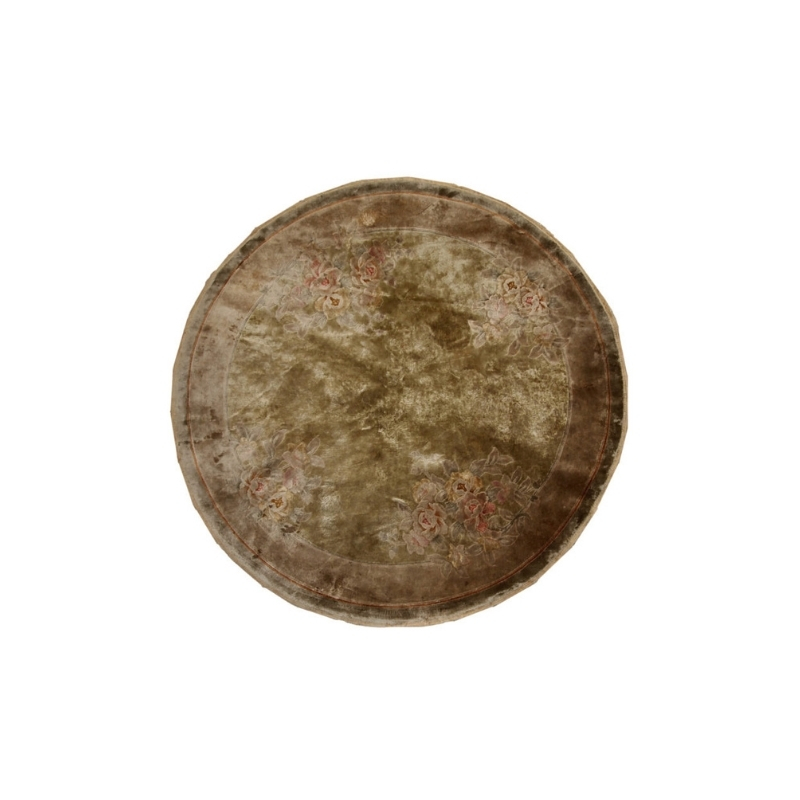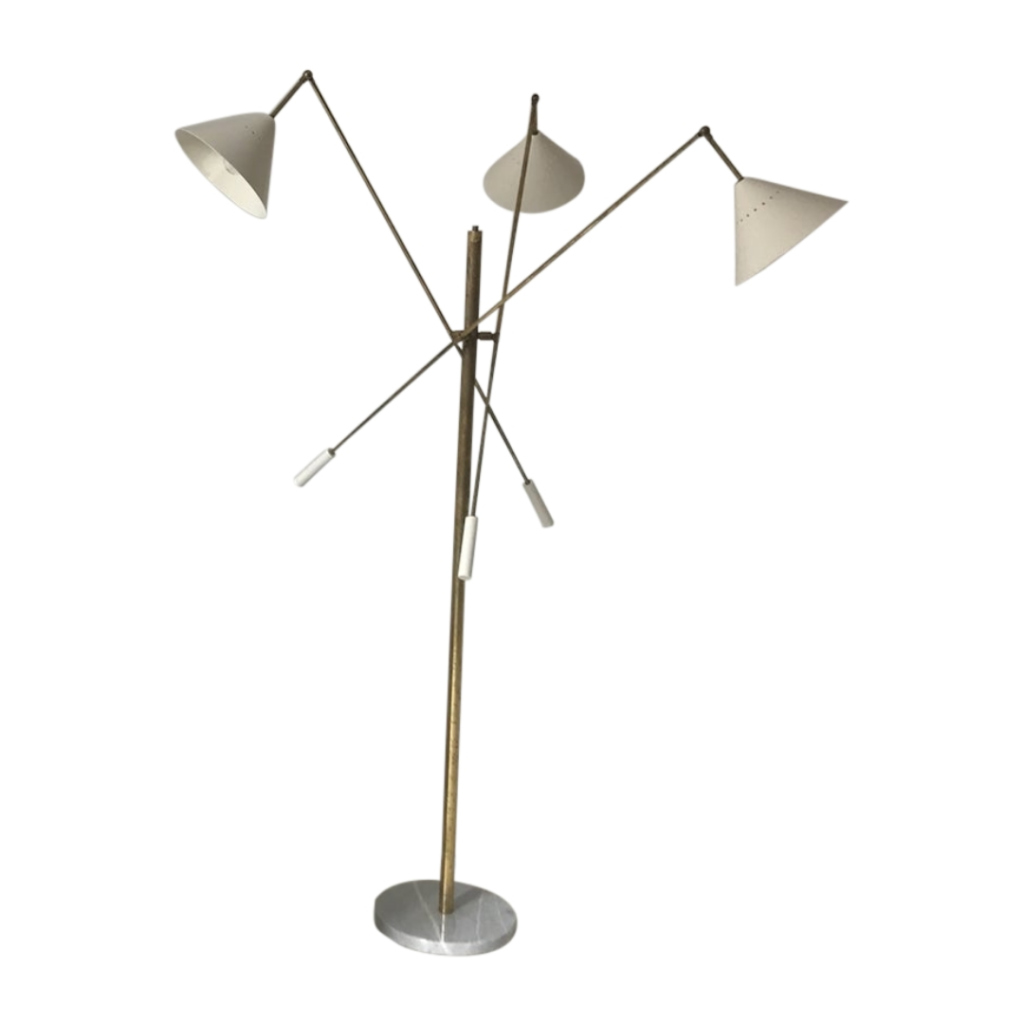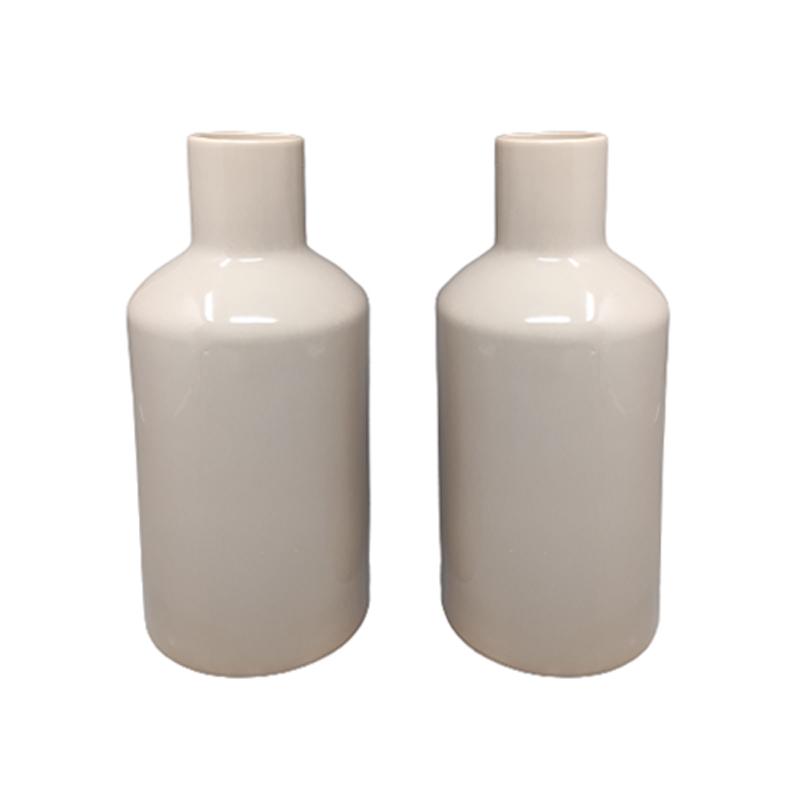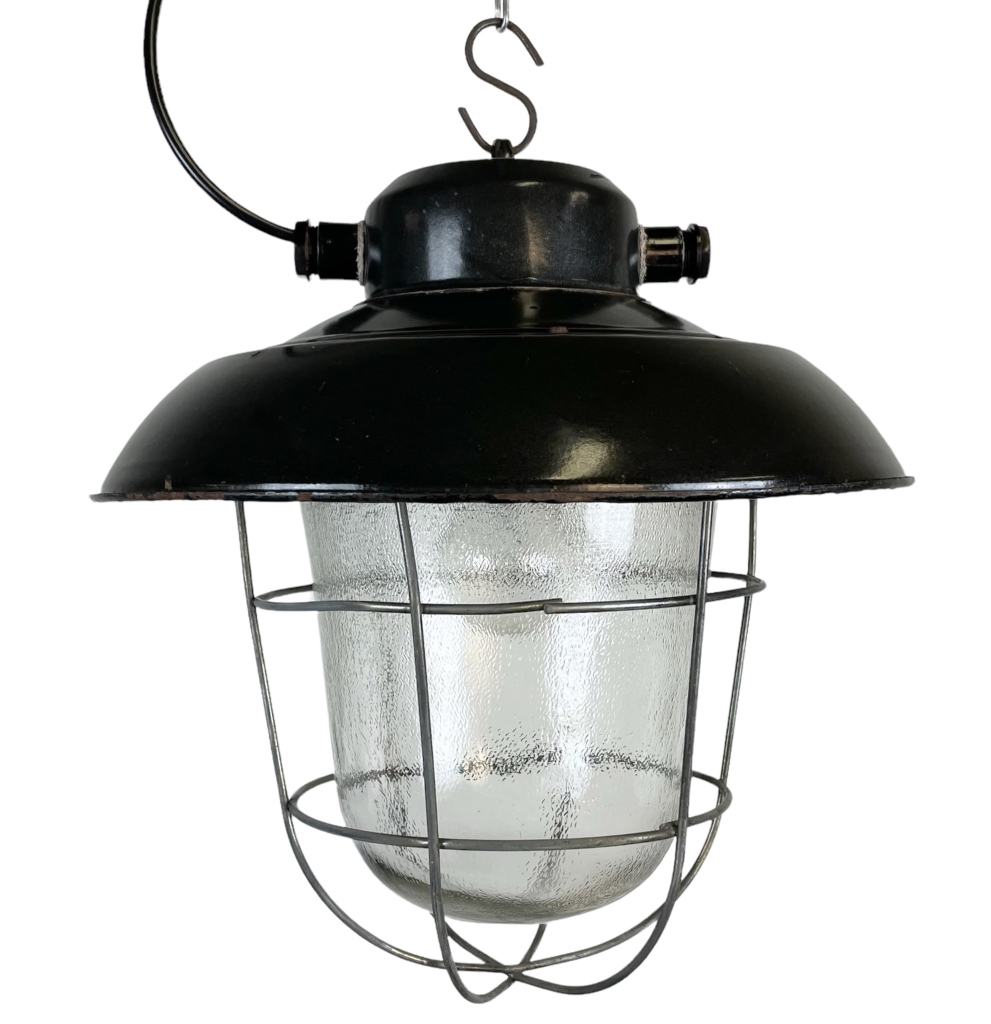Process continued
I came back to my work the following day, and cleaned up around the edges with an razor blade.
Thinking about the previous day's work, I wasn't satisfied with the way the resin gel had to be forced into the cloth. I thought I could get a much better ratio of fiberglass to resin with a liquid resin. So... another trip to the auto parts store, and I've got a can of liquid resin.
So I've got this dilema: do I router out all the fiberglass I'd laid in the day before, and start from scratch, or just pick up where I left off. I chose the latter.
I grabbed my little electric hand sander, and roughed up the surface of the fiberglass from the day before. Then, mixed up a batch of the liquid resin, again, putting in less hardener catalyst than recommended, to give me extra time. As I expected the liquied allowed me to lay in the cloth much more densely.
Process continued
To make sure everything was rock solid, I let the whole thing sit out in the garage for a week (fiberglass stinks). Then I grabbed my handy sander again, and went to town smoothing it out.
Now, I haven't decided yet how to finish the surface. I could feather in a new piece of rosewood veneer. I could just hit it with a bit of dark brown paint. As you'll see when I start assembling the chair, the repair area is almost entirely obscured by the cushions.
In any case, I knew that I wanted the shock mount to be adhered directly to the fiberglass structural component. I could decide on the aesthetic surface later. Digging into my big box of adhesives, I pull out the mighty Scotchweld 1838. This is the real deal. The stuff the Herman Miller factory used. I've had this pair of tubes for well over 10 years, and have repaired dozens of shock mounts - no failures. The 3M spec sheet rates it for 2500 pounds of shear force! That's some serious sticky.
With the fiberglass resin, you've gotta work kinda fast, before it starts to set up. With the 1838, you've got all the time in the world. This is no 5 minute epoxy. It takes about 8 hours before it even starts to gel.
I measured the placement of the other shock mount, and matched it on the repair side, making an outline with a sharpie. Then I mixed up the 1838, slathered it on both the shock mount and in the sharpie outline, and clamped them together.
Process continued
This is where a more talented woodworker might have come in handy.
Concerned that I might go through the thin rosewood veneer, I lightly sanded the exterior with 150 grit, and 220 grit paper, until it was reasonably smooth. I'm sure there are very sophisticated techniques for filling and graining, but I just used plain old hand sanding.
Before finishing the surface, I rubbed on a little wood conditioner. This is supposed to prevent the end grain from soaking up more stain than the surface. To finish the wood, I used a bit of gunstock oil that was given to me years ago by a Herman Miller employee who worked in the 670 assembly shop. He told me it's what they used to finish the chairs from the factory. Good enough for me. It did end up soaking a little more into the broken end grain, and making it slightly darker than the surface. Oh well..
Once assembled, the fiberglass repair is well hidden behind the cushions. I still need to deal with it, but for now, I'm just gonna relax for a while in my chair.
Process continued
I've been sitting in the chair every night for 5 days now, and it's solid as a rock. Despite Tulipman's early praise, up close, the crack is easily visible. From a few feet away, it's fine. In any case, it's in shadow, and obscured by the arm. I may eventually consult a professional woodworker to see if it can be made better.
Comments? Questions?
Great stuff,Poach!- Bravo!
I commend your relentless effort to make a stronger than factory bond,and I believe you've accomplished that.Moreover,you inspire us DIY guys to not fear should the resto be less than perfect cosmetically.You still get to enjoy your chair, and it looks very nice.You can eventually improve that outer shell if it bothers you.Kudos for your tremendous job of chronicling this process!
Super work.
Sadly, once that torn grain is impregnated with oil, there is very little that can be done to lighten the color of the fibers. -- particularly over oil, which typically resists any foreign substance. And you would need an opaque material, like paint, to lighten what is there now. Maybe oil paint would stick ?
The general rule is, do everything you need to do for color, before applying an oil or wax finish. In your case (and maybe if the other side breaks you can try this) it might have been possible to apply some filler into the broken fibers after the glue-up was done and the area sanded flat. Remember that it is always possible to make wood and wood products and glues darker, and almost impossible to make them lighter (bleach is the exception to this rule, and that's not easily managed on small details, I would think).
If your break ended up filled with something like well-compacted wood filler that was lighter than the surrounding area, then before the oiling a little color on a #1 artist's brush could be used to get it close to the right tone, before oiling. Assuming that the filler is still more absorbent than the rosewood, it would be good to err on the side of lighter rather than darker.
Well, all that is largely water under the bridge; your repair is so successful that this is a very minor issue. Congratulations again and thanks (again) for the extensive documentation. Bravo!
all secrets revealed
Joe...
Not sure there are any "secrets" to reveal. However, if my documentation is lacking sufficient detail, I'm happy to clarify. I guess if there's one key ingredient to the process, it's putting yourself in that nothing-to-lose-now mindset. It's not easy to start carving up your baby with a router. Let me know how I can be of help.
Woody,
I'll contact you presently.
The trickiest
repairs of wood products involve cross-grain breaks and tears, as in this case.
Poach leaves the matter of how this part of the project was achieved, a bit unclear -- but the results are about as good as one could have hoped for, from what I can see.
Joe, read carefully, and good luck !
Dumb luck, I guess
Can't claim any special magic when it comes to surface finishing. I defer to SDR's obvious superior knowledge on the subject. I think I was just lucky to have a fairly clean break that went back together without much of a struggle. Also, I really think the wood conditioner is key to color consistency.
I should probably do a hindsight list of things I would do differently. I'd also welcome suggestions for improving the process.
If you need any help, please contact us at – info@designaddict.com









